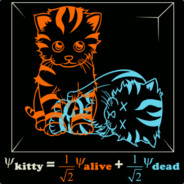3D Printed ATX Case - Designed From Scratch
-
Topics
-
0
-
0
-
Ineedhelpwithpcmyppls ·
Posted in Graphics Cards0 -
2
-
Spy Melon Gaming ·
Posted in Troubleshooting0 -
1
-
2
-
Brexy9 ·
Posted in Graphics Cards1 -
3
-
3
-

















Create an account or sign in to comment
You need to be a member in order to leave a comment
Create an account
Sign up for a new account in our community. It's easy!
Register a new accountSign in
Already have an account? Sign in here.
Sign In Now